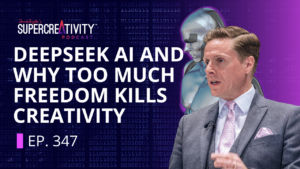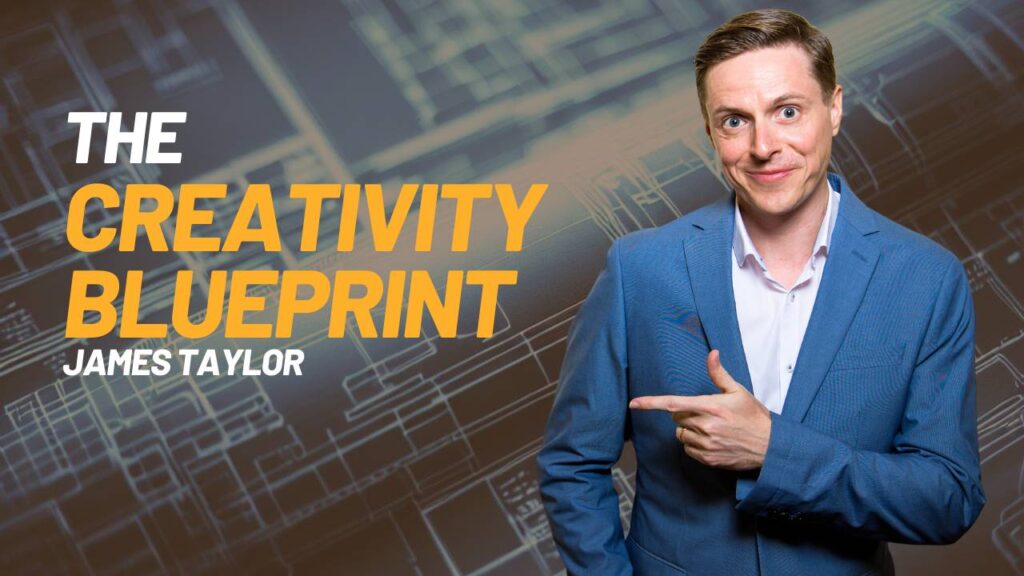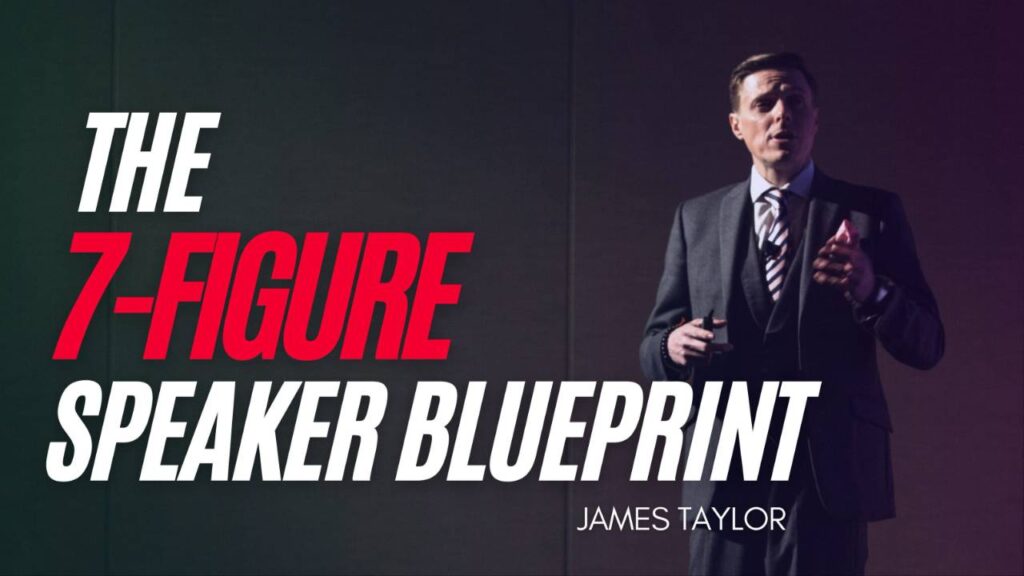DeepSeek AI, Japanese Haiku and The Power of Creative Constraints
Hello, and welcome to this week’s solo episode of the SuperCreativity Podcast. Today, we’re exploring something that might sound counterintuitive but is backed by history, psychology, and even artificial intelligence: how constraints can actually fuel innovation and propel us to greater creative breakthroughs.
Now, you might be thinking, “James, isn’t creativity about freedom? The ability to explore new ideas without limits?” Well, yes and no. While having complete freedom can be exciting, the reality is that too many choices can actually stifle creativity. In contrast, well-defined constraints—whether in art, literature, technology, or business—often lead to the most innovative solutions.
Creativity Thrives in Constraints
Let’s start with something simple: Haiku poetry. If you’ve ever written one, you know that Haiku follows a strict 5-7-5 syllable pattern. You can’t just write anything; you’re forced to be concise, precise, and meaningful within those limits. This constraint doesn’t hinder creativity—it enhances it. It pushes poets to be more deliberate with their words, leading to some of the most profound and beautiful pieces of writing.
This isn’t just true in poetry. In literature, the Oulipo movement was founded on the idea that strict rules—like writing an entire novel without using a particular letter—could drive greater creativity. And in music, jazz musicians impose structures on themselves—such as chord progressions or time signatures—that allow for greater improvisation within a defined space.
Artificial Constraints in Business and Technology
Now, let’s take this idea and apply it to the world of business and innovation. Some of the biggest technological breakthroughs have come not in spite of constraints but because of them.
Take DeepSeek AI—China’s answer to Western AI models like GPT-4. Because of restrictions on the types of chips they could access and the energy they could consume, they had to think differently. Instead of following the same path as OpenAI or Google DeepMind, they optimized their AI models for efficiency, making them more lightweight and less power-hungry. As a result, they managed to leapfrog some Western competitors by designing an AI model that is not just powerful but also highly efficient.
This principle applies across industries. Consider MIT’s work on low-cost prosthetics for people in developing countries. Instead of using expensive materials and complex designs, they had to create something functional, durable, and affordable. The constraint forced them to innovate smarter, not bigger. The result? A groundbreaking prosthetic limb that costs a fraction of traditional models.
Psychology: Why Constraints Work
So why do constraints work so well for creativity? The answer lies in how our brains operate.
- Constraints force focus. If you’re given a completely open-ended problem, your mind can get overwhelmed with possibilities. But if you introduce limitations—such as a deadline, a budget, or a word count—you’re forced to make decisions faster and more effectively.
- They encourage problem-solving. When we’re restricted, our brains naturally search for workarounds. It’s why people come up with their most creative solutions when they have limited time or resources.
- They prevent “choice paralysis.” Have you ever stared at a blank page, unsure of where to start? Sometimes, too much freedom can be crippling. But when you set a few rules—such as writing in bullet points or using a specific framework—it becomes easier to get started.
Applying Constraints to Your Own Creativity
So how can you use creative constraints to fuel your own work?
- Try the “One-Take” Rule. If you’re writing, speaking, or recording content, challenge yourself to do it in one take. No edits, no re-dos. You’ll be amazed at how much clarity and energy this creates.
- Limit Your Tools. Designers often do their best work when they restrict themselves to a single color palette. Writers sometimes force themselves to use only short sentences. What’s one small constraint you can introduce to challenge yourself?
- Set a Hard Deadline. Some of the best ideas come at the last minute—not because they’re rushed, but because constraints force you to focus.
- Reduce Your Resources. Give yourself fewer tools, fewer options, and watch how your brain adapts.
Final Thoughts
The next time you feel stuck, don’t ask yourself, “What can I add?” Instead, ask, “What can I remove?” Constraints don’t limit us—they liberate us. They push us to do more with less, to think smarter, and to create something truly unique.
If this idea resonates with you, I’d love to hear how you’ve used constraints to boost your own creativity. Drop me a message on LinkedIn or share your thoughts in the comments.
Until next time, stay creative—and embrace the constraints!



